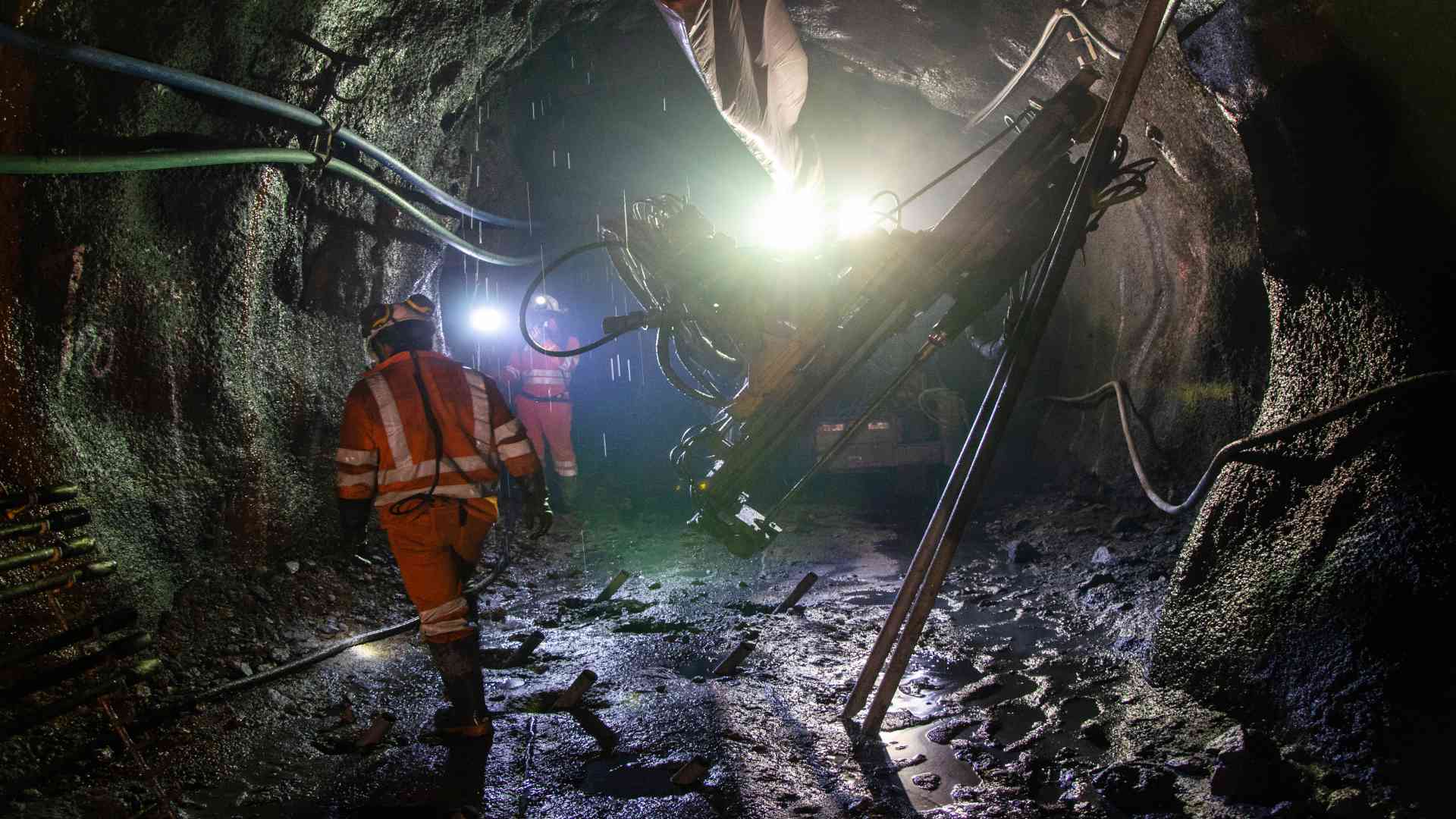Boron and Mining Decarbonization
In today’s podcast, we’re going to look at mining ecarbonization opportunities in the mining industry and how mining can help achieve net zero emissions. The mining sector has a key role in the transition to net zero emissions. Although it currently accounts for less than 7% of global emissions it is one of the most energy-intensive industries and its products are used in a wide range of other sectors. Reducing emissions from mining is essential if we are to meet our climate change goals.
How Mining Can Help Achieve Net Zero Emissions

Hard Rock Mining
A new report by the Bank of America has warned that a lack of action on metal supply could hamper the global transition to net zero. It states that many critical metals are at risk of being in short supply as demand for them increases in the coming years. While markets have focused on copper and nickel, the report recognizes 27 metals, including aluminum, chromium, cobalt, molybdenum, manganese, steel, silicon, boron, and others.
These raw materials are critical components in various applications from renewable energy production to electric vehicles. As the world looks to achieve net zero goals, many necessary technologies have already been developed. However, many minerals and metals will be needed to scale up these technologies, far more than currently available.
For example, analysts estimate that between 2020 and 2030 demand for nickel could rise by 40%. Demand for lithium could also go up by 38% during the same period. This supply-demand imbalance could hamper efforts to decarbonize the economy. Until mining capacity increases and appropriate mining methods for lowering carbon emissions.
The Bank of America report goes on to say that we will need to significantly increase our investment in mining and raw materials to meet the climate goals. The present level of metals required to reduce carbon emissions is not sufficient. According to the analyst’s raw material, industries are already tight and will tighten even more as demand for reduced carbon technologies develops.
And based on recent resource endowments and industry balances, it’s unlikely that we’ll be able to meet the 1.5 degrees centigrade global warming goal by 2050.
Let’s Look at Mining Strategies for Decarbonization
As the world looks to decarbonize to avert the worst effects of climate change, the mining industry will need to play its part. There are many different strategies that minds can adopt to reduce their emissions and to help achieve global climate goals.
One such strategy is to switch to cleaner energy sources. This could mean investing in renewable energy sources like solar or wind power or using less energy-intensive methods for extracting minerals. For example, some mines are now using electric vehicles instead of diesel ones, which can significantly reduce emissions.
Another strategy is to focus on reclamation and rehabilitation efforts. This means ensuring that a mine is properly cleaned up and restored after it’s closed. This can help reduce the impact of mining on local ecosystems and prevent greenhouse gases from being released into the atmosphere. Finally, mines can also look to offset their emissions by investing in carbon reduction projects elsewhere.
For example, this could involve planting trees or investing in clean energy technologies. By offsetting their emissions, mines can help make a real difference in the fight against climate change.
Let’s take a look at some mining companies that have set decarbonization goals. Historically, being among the largest polluters in the world, mining companies are responsible for a significant share of global greenhouse gas emissions.
But as public awareness of change has grown so too has pressure. In response, many companies are now setting ambitious goals for decarbonization. One of these is five-year advanced materials, formerly known as American Pacific Borates, FEAM, as it’s also known, plays a leading role in the de-carbonization agenda through the use of Borates.
The company is actively involved in making energy, transition, and storage, more efficient and sustainable, and working on electrification and food security solutions. According to the CEO, these plans and efforts will eventually lead to green energy and a greener planet.
FEAM owns Fort Cady, a strategically important mineral asset in Southern California, and is targeting to unlock substantial value through the extraction of boric acid. Boric acid has many legacy applications, including glassware, fertilizers, ceramics, detergents, and newer, quicker growing applications, which meet the decarbonization goals.
Boron is used in neodymium magnets, which power wind turbines. FEAM also practices sustainable mining techniques to help improve its relative value and minimize the environmental impacts of mining boron.
For more information on decarbonization and the mining industry, please refer to the Borates Today website. And that’s all for today. Thanks for listening.





